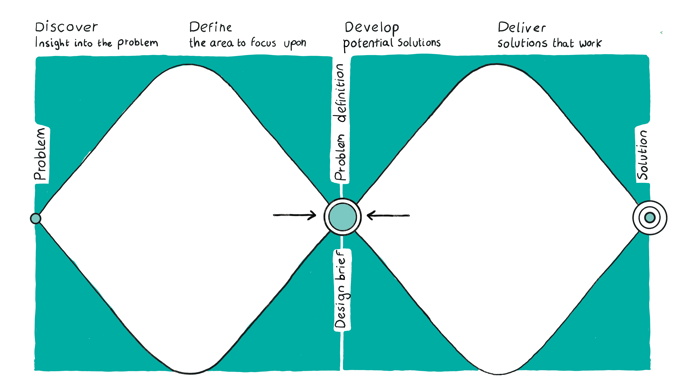Overview of Design Thinking

Design thinking is a human-centred approach to innovation that focuses on understanding user needs, solving problems creatively, and testing solutions iteratively. It’s a structured, yet flexible process that encourages out-of-the-box thinking and collaboration. This method consists of five key stages: Empathize, Define, Ideate, Prototype, and Test.
How SMEs Can Use Design Thinking
For SMEs, design thinking can be a powerful tool to develop products, services, or internal processes that are deeply aligned with customer needs. By putting the end-user at the centre of the development process, businesses can create solutions that not only solve real problems but also enhance customer satisfaction and loyalty.
1. Empathize: Understand your customers’ challenges and needs through research, interviews, or observations.
2. Define: Clearly articulate the core problem your customers are facing.
3. Ideate: Brainstorm a wide range of creative solutions without constraints.
4. Prototype: Build simple, cost-effective models or representations of your ideas.
5. Test: Gather feedback from real users and refine the product or service based on their input.
Real-World Use Cases of Design Thinking
1. Airbnb: Airbnb used design thinking to transform its business model. In its early days, the company was struggling with low user engagement. The founders applied design thinking by empathizing with their users—travellers and hosts—to understand their pain points. This led to changes in their website design, improved communication between hosts and guests, and enhanced user experience, turning the company into a global success.
2. PepsiCo: PepsiCo applied design thinking to create healthier products and innovative packaging. The company launched the “Hello Goodness” vending machines, offering healthier snack options. This initiative resulted from empathy-based research into consumer desires for more nutritious food choices, leading to increased customer satisfaction and brand loyalty.
3. IBM: IBM adopted design thinking across its teams to reimagine client solutions and boost innovation. By embedding this approach into its culture, IBM improved its product development process, leading to faster iteration, better customer feedback integration, and more successful product launches.
Benefits for SMEs
Design thinking allows SMEs to:
- Develop solutions that deeply resonate with customers.
- Innovate efficiently by prototyping and testing ideas quickly.
- Reduce risk by incorporating feedback early in the development process.
- Foster a culture of creativity and collaboration within their teams.
By embracing design thinking, SMEs can better understand their customers, create user-centred innovations, and navigate market challenges with more agility and confidence.